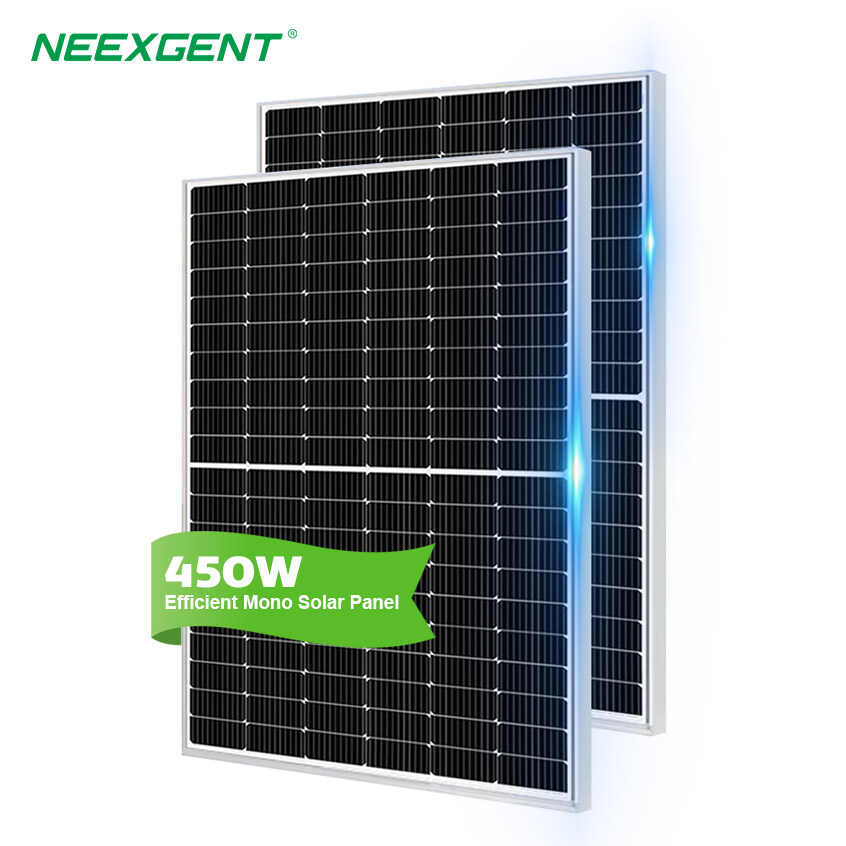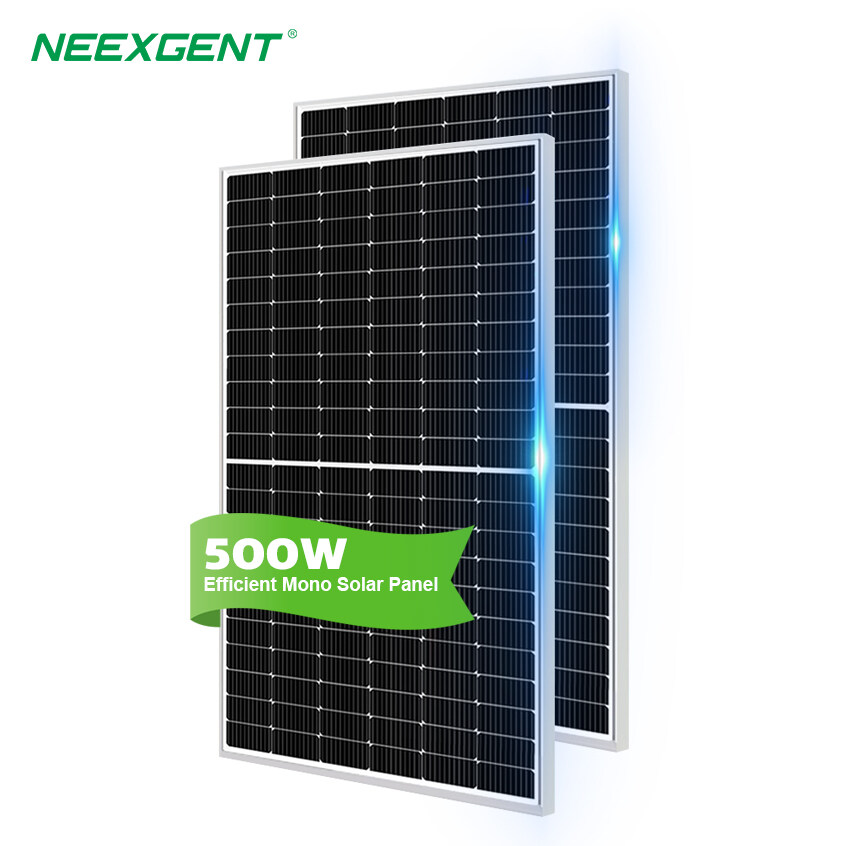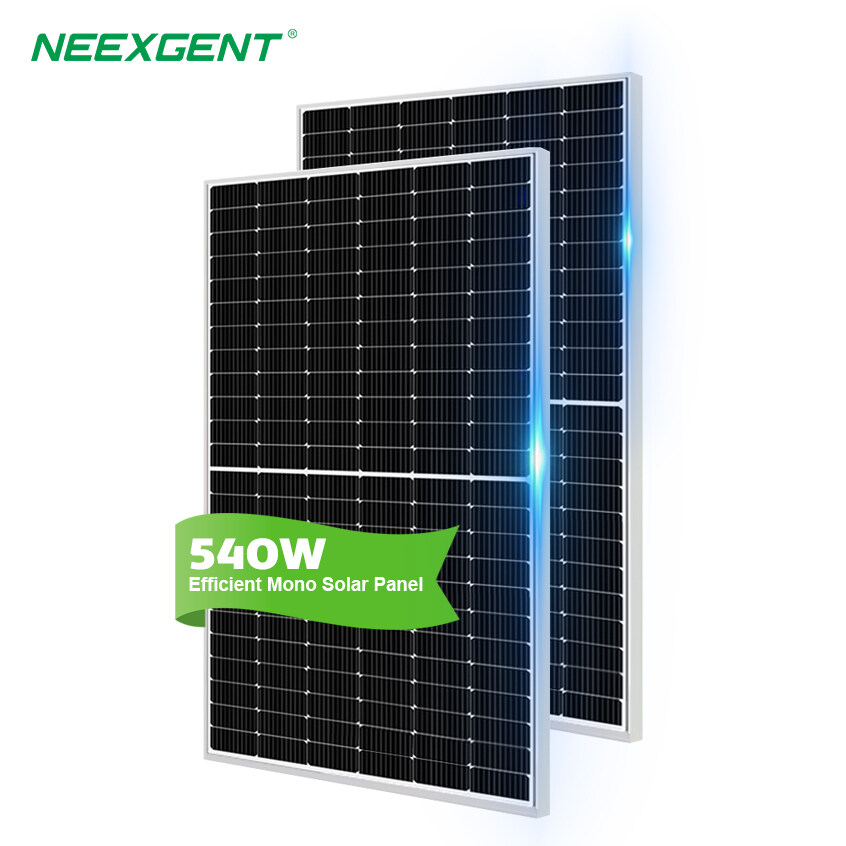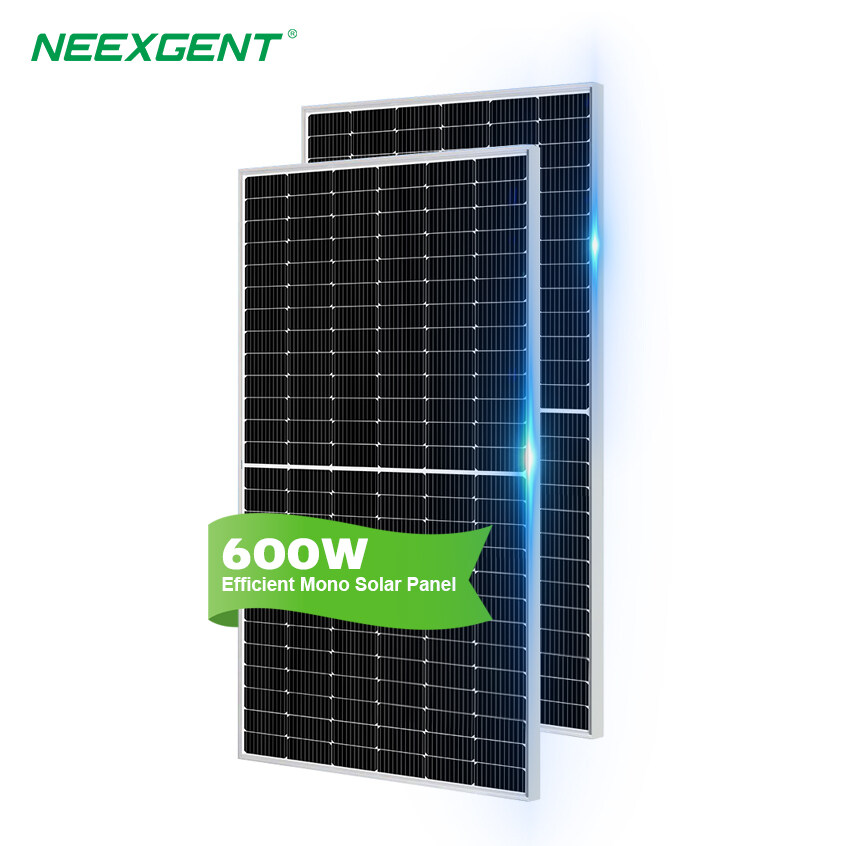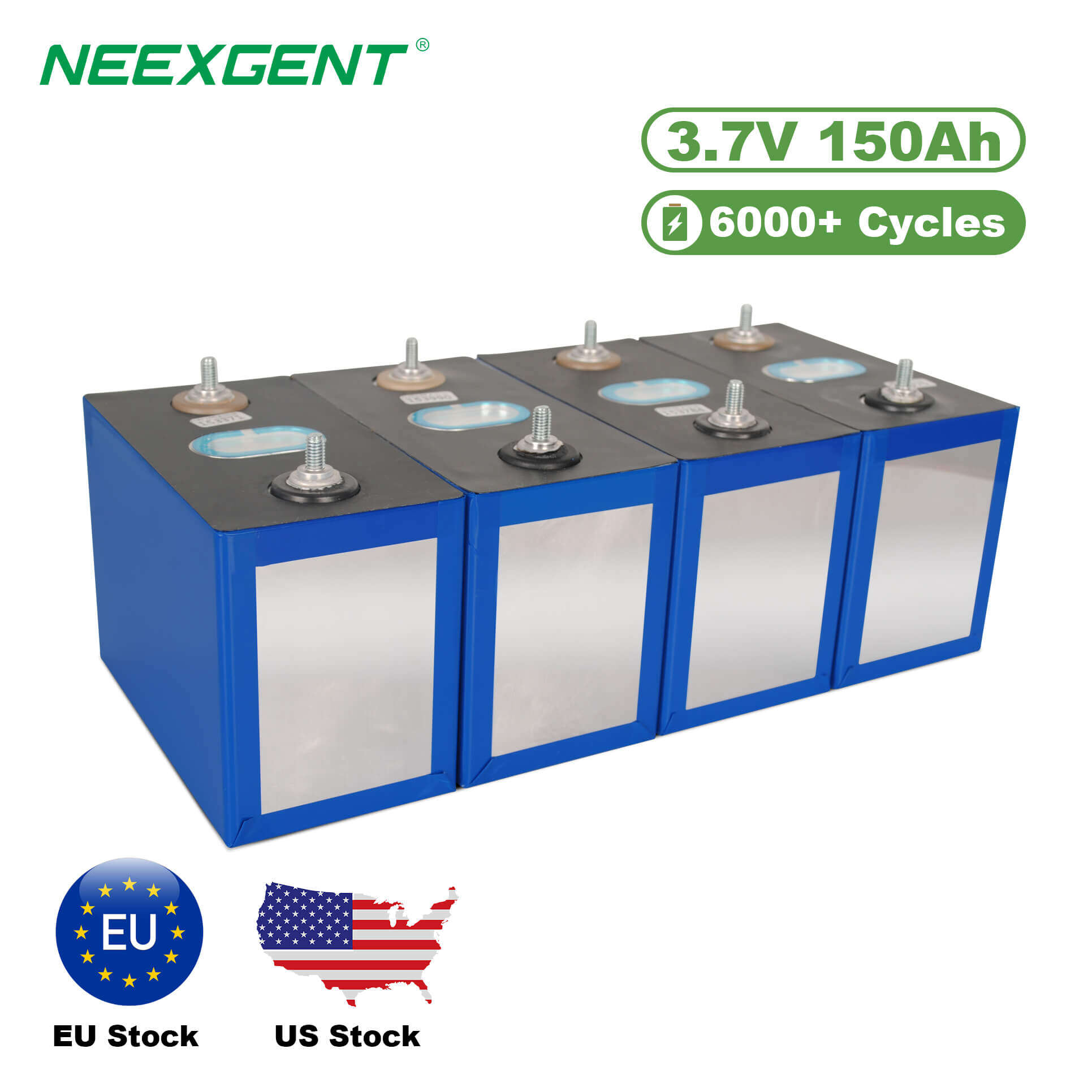Contents:
In recent years, the pursuit of sustainable building practices has gained significant traction. Among the many innovations designed to reduce energy consumption and promote environmental responsibility, solar panel skylights have emerged as an impressive solution. These devices not only allow natural light to enter a space but also harness solar energy to generate electricity. This hybrid technology serves as a dual-purpose architectural feature, offering both illumination and power generation in a single, efficient system. In this article, we will explore the concept of solar panel skylights, how they work, their benefits, applications, and considerations for those thinking about installing them in their homes or businesses.
What Is a Solar Panel Skylight?
A solar panel skylight is a specialized type of skylight that integrates photovoltaic (PV) solar panels into the design. The skylight consists of a transparent or translucent roof window, often installed in a sloped or flat roof, with solar panels affixed to the surface. These solar panels collect sunlight, which is then converted into electricity to power the building.
Unlike traditional skylights, which only serve to bring natural light into a space, solar panel skylights do more by also generating renewable energy. This makes them an ideal solution for those looking to combine natural lighting with the benefits of solar power.
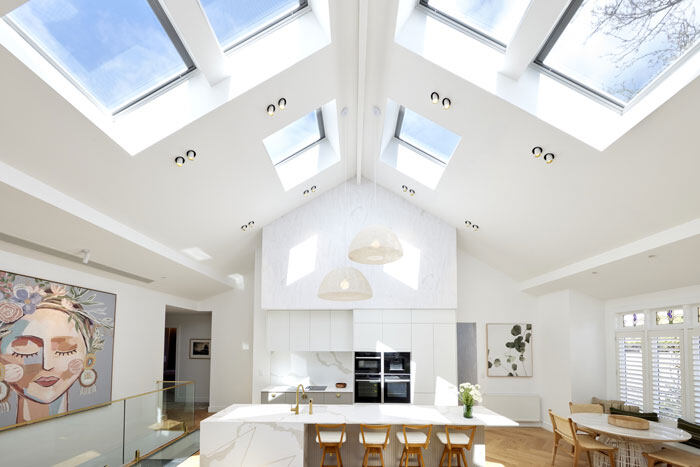
How Do Solar Panel Skylights Work?
The functioning of a solar panel skylight can be broken down into two main components: the skylight itself and the solar photovoltaic system.
Skylight Component:
The skylight itself is a clear or frosted panel, designed to admit sunlight into the interior of a building. Depending on the design, the skylight can either be fixed in place or operable, allowing for ventilation as well as light. The skylight allows natural daylight to filter through the roof, reducing the need for artificial lighting during the day and enhancing the quality of indoor lighting.
Solar Photovoltaic System:
Affixed to the skylight's surface is a layer of solar panels, which are designed to capture sunlight and convert it into electrical energy. The solar panels use photovoltaic cells to convert sunlight into direct current (DC) electricity. This electricity is then either used directly to power electrical appliances in the building or stored in batteries for later use. Some solar panel skylights are connected to the building’s electrical grid, allowing for surplus electricity to be sent back into the grid, often qualifying for incentives like net metering.
By integrating solar panels into the skylight structure, the system maximizes the roof's potential for both light transmission and energy generation, making it a powerful addition to energy-efficient buildings.
Benefits of Solar Panel Skylights
There are several advantages to installing solar panel skylights, both from an environmental and financial perspective. Let’s explore the key benefits:
1. Energy Efficiency:
One of the most significant advantages of solar panel skylights is their ability to enhance a building’s energy efficiency. During the day, the skylight provides ample natural lighting, reducing the need for artificial lighting and consequently cutting down on electricity consumption. In addition, the solar panels generate electricity, which can offset some or all of the building’s energy needs. This results in lower utility bills and a reduced carbon footprint.
2. Sustainable Energy Source:
Solar energy is a renewable resource, making it an environmentally friendly option for buildings. By installing solar panel skylights, property owners can significantly reduce their reliance on non-renewable energy sources such as coal, gas, and oil. This helps mitigate the impact of energy consumption on the environment and contributes to the global push toward sustainability.
3. Cost Savings:
Although the upfront cost of solar panel skylights can be higher than that of traditional skylights or standalone solar panels, the long-term savings make them a worthwhile investment. By generating their own electricity, property owners can save money on their energy bills, and in some cases, solar panel skylights can even pay for themselves over time. Additionally, government incentives, tax credits, and rebates are often available to offset the installation costs of solar energy systems, further reducing the financial burden.
4. Enhanced Aesthetic Appeal:
Solar panel skylights are not only functional but can also add an attractive element to a building’s design. The combination of natural light and sleek solar panel technology can create a modern, innovative look. Moreover, by maximizing natural lighting, solar panel skylights can improve the aesthetic quality of the interior space, making rooms feel brighter and more inviting.
5. Reduced Heat Island Effect:
In urban areas, buildings and infrastructure often absorb and re-radiate heat, contributing to the urban heat island effect. Solar panel skylights can help reduce this effect by allowing for better heat regulation within the building. The natural light they provide can reduce the need for air conditioning, while the solar panels can offset the building’s overall energy consumption.
6. Long-Term Durability:
Solar panel skylights are built to last. Both the skylight and the solar panels are designed to withstand the elements. High-quality materials are used to ensure that the skylight remains durable and resistant to weather conditions, such as rain, snow, and extreme temperatures. As a result, they provide long-term benefits with minimal maintenance.
Applications of Solar Panel Skylights
Solar panel skylights are suitable for various applications, including residential, commercial, and industrial buildings. Some of the common uses include:
1. Residential Homes:
In homes, solar panel skylights provide a dual benefit of natural light and renewable energy. They can be installed in kitchens, living rooms, or hallways, where they will allow natural light to flow into the space. Additionally, they can be placed in areas with flat or sloped roofs, making them adaptable to different architectural styles.
2. Commercial Buildings:
For businesses, the energy savings offered by solar panel skylights can be substantial. Retail stores, offices, and warehouses can benefit from natural lighting during the day, reducing the need for artificial lighting. In addition, the generated electricity can help power lights, computers, and other equipment, contributing to lower operational costs.
3. Industrial Applications:
In industrial facilities, solar panel skylights can be used to light large warehouse spaces, factories, and distribution centers. This can help reduce electricity usage during daylight hours, improving overall energy efficiency and cutting operational costs.

Considerations for Installing Solar Panel Skylights
While solar panel skylights offer numerous benefits, there are a few factors to consider before installing them.
1. Upfront Costs:
The initial installation cost of solar panel skylights can be higher than traditional skylights, primarily due to the solar panel integration and installation process. However, the long-term savings on energy bills and the potential to earn incentives can offset these upfront costs.
2. Roof Structure:
The roof structure plays an essential role in the installation process. Not all roofs are suitable for solar panel skylights, and a professional assessment should be conducted to determine the best placement. The angle of the roof, its exposure to sunlight, and the available space for the skylights must be carefully evaluated.
3. Maintenance:
Although solar panel skylights are durable and require minimal maintenance, they should still be cleaned and inspected regularly. Dirt, leaves, and other debris can accumulate on the panels, reducing their efficiency. Ensuring that both the skylight and solar panels are well-maintained will help extend their lifespan and optimize their performance.
4. Local Climate:
The performance of solar panel skylights is heavily influenced by the local climate. Regions with abundant sunlight will benefit more from the energy generation capabilities of the solar panels, while areas with frequent cloud cover or rain may see a reduction in efficiency. It’s essential to assess your location’s solar potential before making an investment.
Conclusion
Solar panel skylights are a groundbreaking solution for those looking to integrate renewable energy and natural lighting into their buildings. By combining the benefits of energy-efficient skylights with the power of solar energy, these systems provide an innovative way to reduce energy consumption, lower utility bills, and contribute to a more sustainable future. Although the upfront cost and installation process can be higher than traditional skylights, the long-term savings and environmental benefits make them a valuable investment for residential, commercial, and industrial applications. As the demand for green building solutions continues to grow, solar panel skylights are poised to become a key component in the future of sustainable architecture.
FAQs
What are the main benefits of installing solar panel skylights?
Solar panel skylights provide natural lighting, reduce energy consumption, lower electricity bills, and contribute to sustainability by harnessing solar energy. They are ideal for both residential and commercial buildings.
How do solar panel skylights work?
Solar panel skylights feature a transparent roof window that allows natural light to enter while integrated solar panels capture sunlight and convert it into electricity, helping power the building and reduce energy costs.
Are solar panel skylights suitable for all roof types?
Solar panel skylights can be installed on most roof types, including sloped and flat roofs. However, a professional assessment is recommended to determine the best placement based on the roof structure and sunlight exposure.
How much energy can solar panel skylights generate?
The energy generation of solar panel skylights depends on factors like roof angle, geographical location, and sunlight exposure. On average, they can generate enough power to reduce a building’s electricity consumption during daylight hours.
Do solar panel skylights require a lot of maintenance?
Solar panel skylights are low maintenance. Regular cleaning to remove debris and occasional inspections to ensure proper function of the skylight and solar panels are recommended to keep the system running efficiently.

